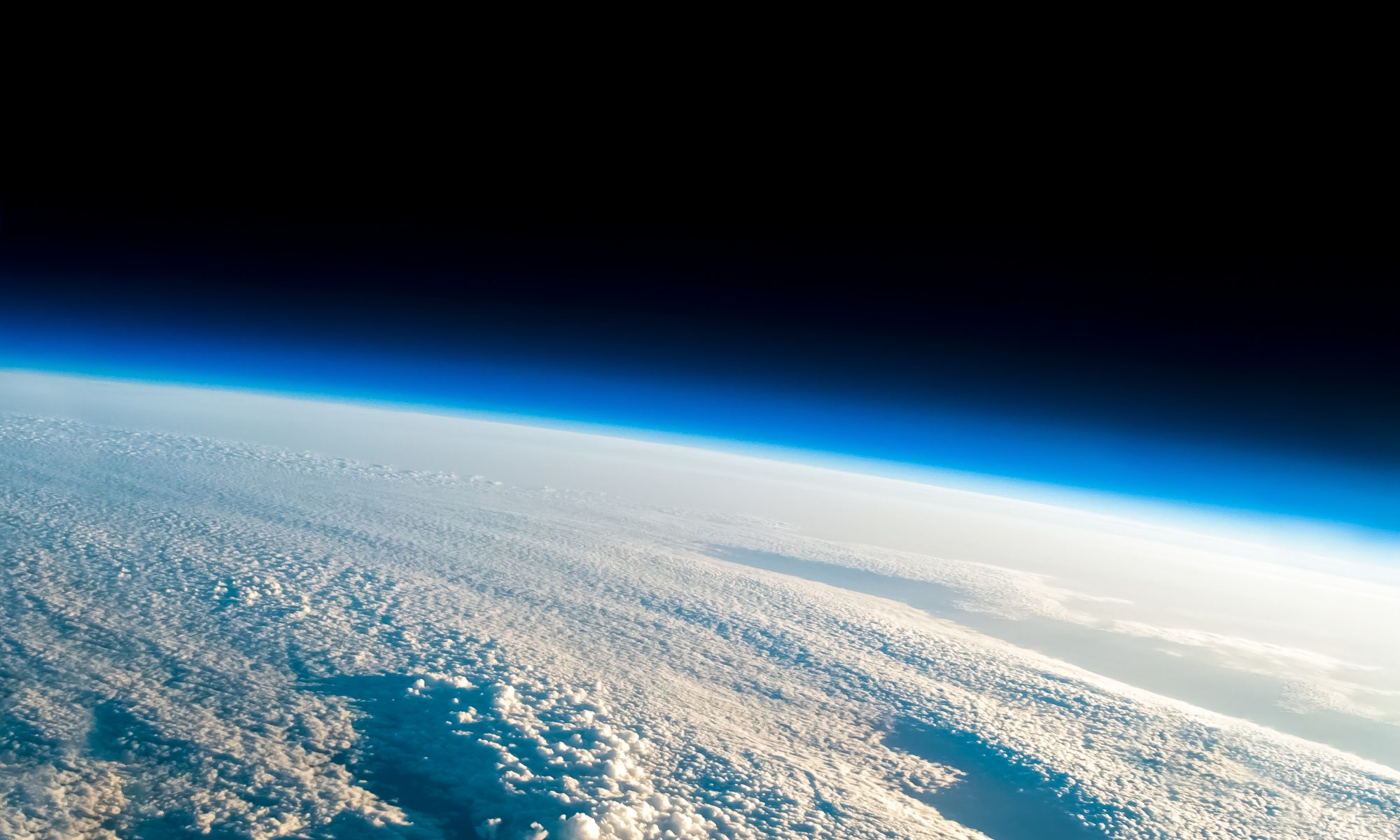Michael Talbot was a name that I got from Rian. He told me that if anyone could help me with this project, it would be him. I first contacted him 5 days ago, after much dithering and procrastination. We set up a meeting for Friday, but unbeknown to me, my mom had other plans with the car. So we set up a meeting for Monday, today, where I planned to ask him questions on pretty much everything.
I arrived at Intermet Africa, and very soon was walking to the very snazzy conference room where the meeting was held. At first Michael appeared to be quite reserved so I laid back on the bombardment of questions and decided to rather see what he had to say.
The meeting went far better than I could possibly have expected. I had planned to ask him where to buy weather balloons, how to get them back, where I could buy tracking equipment, where I could get Helium (because Hydrogen in my mind was too dangerous) and a series of other questions. However, I didn’t get that far, because he offered to help me with one, maybe even two of my launches free of charge and the company would sponsor the 1000g Pawan Weather balloon (the 1000g cost around R1500 per balloon!), the Hydrogen used to fill it up (Hydrogen is lighter than Helium, meaning it will be able to go higher, but is usually more expensive!) and a radiosonde, which is basically an all-in-one GPS trackable micro-weather station for high altitudes. This is what the South African weather service uses to get data on high winds and work out the weather for the region. He said he would give me one or two of these things, along with the software required to operate them (valued at around R3500 each!) and lend me a portable tracking station that I would be able to take in my car and track the weather balloon from the road in my car by use of radio waves and satellite information!
I was honestly blown away. I could not believe the generosity. When asked about it, he chuckled and told me that Intermet Africa is funded by the government, the South African Weather Service, South African National Defense Force (SANDF) and many other private agencies. They build trackers for a lot of people and so basically in a multimillion rand company a few weather balloons and a few trackers here and there are not a concern. He said that it’s basically their job to play around with weather balloons and play with new trackers. (As far as jobs go, that’s not bad).
We decided that the best course of action would be to meet up again next week, where he will do a sounding and help me set up the software and show me how to track the balloon and then see if we can track it past its bursting point, because he told me in the meeting that usually they don’t track the balloons down, they only track them until they burst, so it might require some tinkering to get right, but he thinks we can do it. Once I’ve practiced with the software and understand how to use it, I can then follow a dummy launch (with nothing in the container) and see if I can retrieve that using the equipment. If that works, then it looks like the project is a go. For real!
Once the meeting was adjourned and many utterances of thanks were mentioned, I left with my inner me celebrating its little (big) victory [rhyming not intended]. I happy because for the first time I was starting to get a clear picture of what needs to be done. However, the more I see, the more I realize that I actually have a lot of work to do in the coming months and it’s time to get off my gluteus maximus and start getting everything in order.
When I started the project, I thought it was going to be fairly straightforward – basically taking a big balloon and putting a camera on it. That’s what I thought, but the more I explore, the more I see that there is a whole lot more to it and if I’m going to do it properly, it will require a lot of work on my part.
But it was really nice to meet Michael. Now to see if I can get hold of Rian again and see what he thinks…




